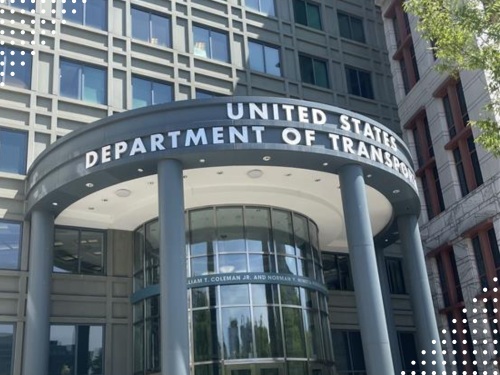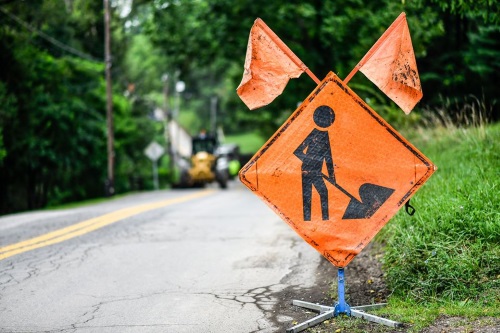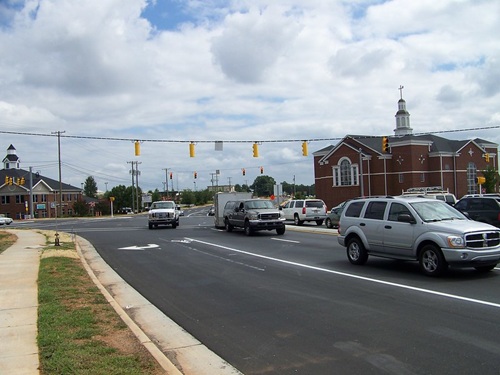Moves by state governments to slash their budgets in the face of COVID-19 pandemic-induced revenue declines re-emphasized the need for a nearly $50 billion federally-funded fiscal “backstop,” according to analysis by the American Association of State Highway and Transportation Officials.
[Above photo by the West Virginia DOT.]
For example, on April 1, Governor Mike Parson (R) of Missouri initiated $180 million in expenditure restrictions to ensure the state budget remains balanced while providing the necessary funds to combat COVID-19 going forward.

“The impact of COVID-19 has already been hard felt in our economy. More people are staying home, business operations have been limited, many people have lost their jobs, and state revenues are down,” he said in a statement. “This has had a serious impact on our anticipated economic growth, so we’ve had to take a hard look at our budget and make some very difficult decisions.”
Those restrictions include reduced funding for several state departments including the Missouri Department of Transportation, Gov. Parsons noted.
Virginia Secretary of Finance Aubrey Layne noted in an April 14 statement that with the COVID-19 outbreak “affecting employment and businesses, payroll withholding and retail sales tax will be closely monitored as we expect them to decline by approximately $1 billion in the final quarter of our fiscal year.”

Pennsylvania has also stopped paying about 9,000 state workers whose offices have been closed as a result of the COVID-19 pandemic and are unable to work remotely; 5,700 of which work for the Pennsylvania Department of Transportation.
Those are but several examples of why AASHTO’s analysis indicates nearly $50 billion in federal funding will be needed by state DOTs, for state tax revenues comprise 66 percent of their budgets with nominally 27 percent derived from federal sources and 7 percent from bonds.

“Every state is expected to face challenges in delivering their capital and construction program. Examples include delays in project design, bid lettings, and construction,” noted Jim Tymon, AASHTO’s executive director. “In addition, projects planned to address recovery from prior natural disasters like hurricanes and flooding are unable to continue in certain states.”
Routine state DOT operations can be adversely impacted, including rest area operations that support the trucking industry, traffic and safety management including incident response and 511, and public transportation and ferry services.

Keeping the transportation system in a state of good repair is also being challenged by state revenue declines, impacting routine maintenance activities such as: pavement repair and preservation, culvert replacement, ditch clearing, bridge repairs, signal maintenance, line painting, guardrail repair and replacement, and many other activities.
Currently, some individual states are estimating that revenue impacts may be as high as 45 percent over the next 18 months, with the highest reductions expected in state motor fuel tax and toll receipts due a steep decline in vehicle traffic in most parts of the country – declines due to stay-at-home orders alongside other travel and work restrictions.
According to the latest data from INRIX – gathered from Saturday, April 4, through Friday, April 10 – personal travel is down 48 percent nationally, marking the fourth consecutive week of decline.
That translates into a precipitous decline in state transportation revenue. For example, the Missouri Department of Transportation estimates that the current 35 percent to 45 percent reduction in traffic volume its state is experiencing could mean a loss of approximately $922 million in revenue in the current fiscal year, plus an additional loss of more than $1 billion if the economic impact of the COVID-19 pandemic extends through the following state fiscal year.
 Top Stories
Top Stories


